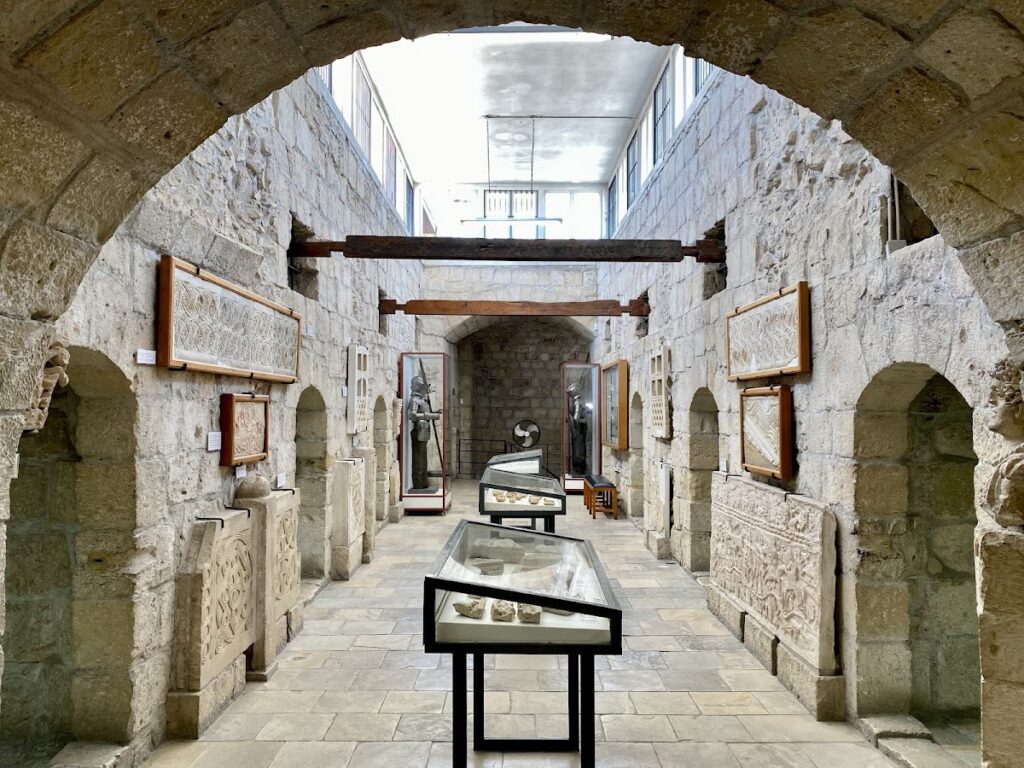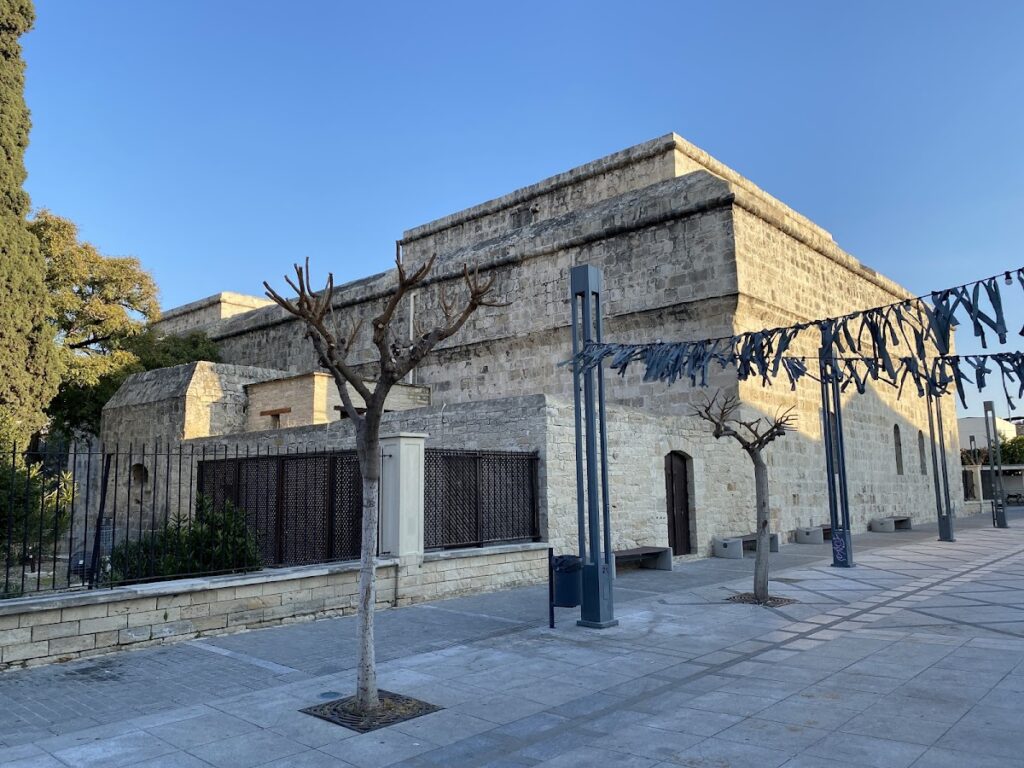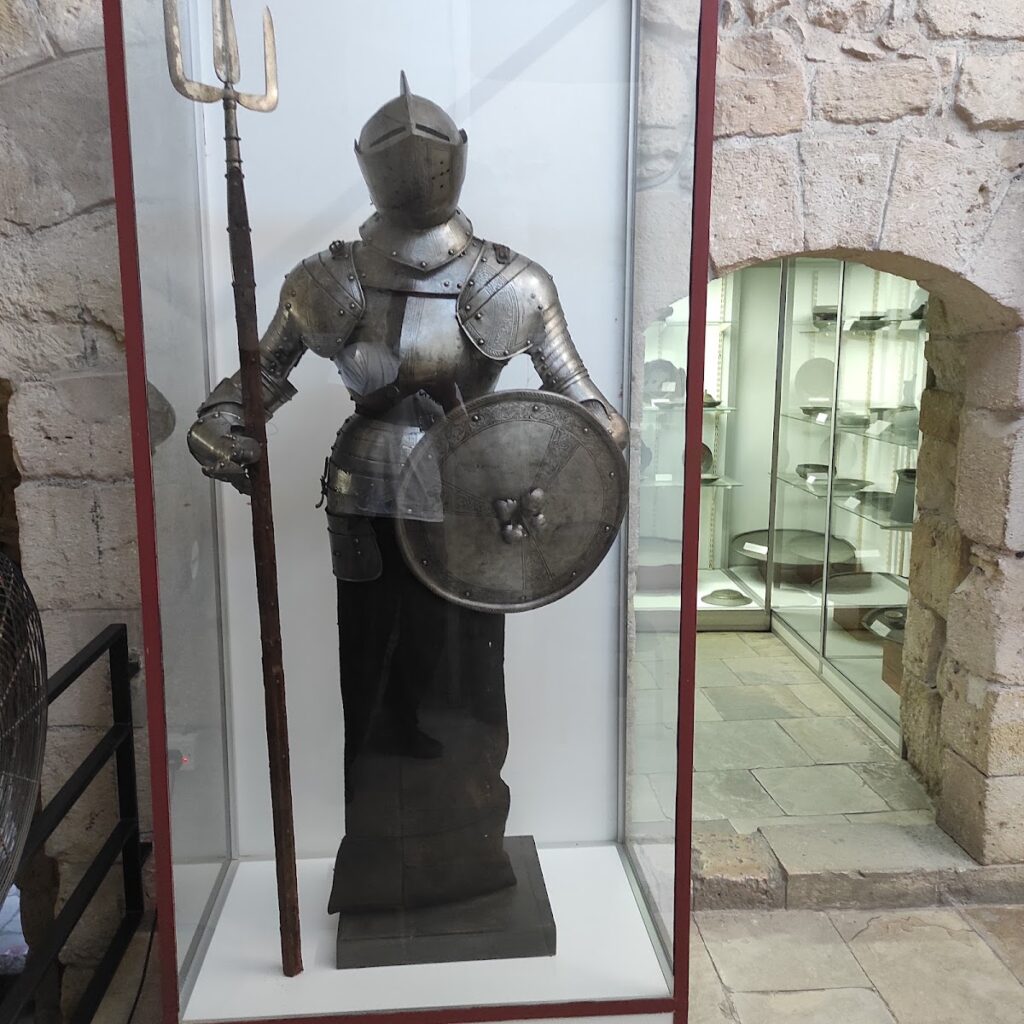Limassol Castle: A Historic Fortress and Museum in Cyprus
Visitor Information
Google Rating: 4.3
Popularity: Medium
Google Maps: View on Google Maps
Official Website: www.mcw.gov.cy
Country: Cyprus
Civilization: Unclassified
Remains: Military
History
Limassol Castle stands in the municipality of Limassol, Cyprus. Its origins trace back to an early Christian basilica erected between the 4th and 7th centuries, upon which later fortifications were built by successive civilizations.
In the 10th to 11th centuries, the Byzantines constructed a fortress on the site of the basilica, establishing a defensive stronghold near the coast. This early fortress was later destroyed, but the location continued to hold strategic and symbolic importance. A small Byzantine church east of the castle became the setting for a notable historical event: on May 12, 1191, King Richard the Lionheart of England married Princess Berengaria of Navarre there during his participation in the Third Crusade. This church, however, was eventually lost to an earthquake.
Following this period, in 1193, Guy de Lusignan undertook the rebuilding of the castle with assistance from the military orders of the Knights Templar and the Knights Hospitaller. By 1196, control had been transferred to the Templars, and in 1312, the Hospitallers assumed ownership. Throughout the 13th century, the castle underwent significant enlargement, adapting to evolving military needs.
The castle endured repeated attacks and natural disasters that shaped its development over the centuries. Genoese and Mamluk forces inflicted damage, while earthquakes struck in 1222, 1373, 1491, and again during 1567–1568. In response, the castle saw multiple phases of reinforcement and reconstruction. Notably, at the end of the 14th century, King James I ordered a comprehensive rebuilding of the castle’s interior, enhancing its defensive capabilities and internal layout.
Throughout its history, Limassol Castle served various roles beyond defense. It functioned as a prison, famously holding detainees under Emperor Frederick II in 1228. During the early 15th century, the fortress withstood sieges, underscoring its military significance. In 1570, after the Ottoman Empire conquered Cyprus, the castle was rebuilt and fortified to withstand artillery fire. These renovations included adaptations that transformed the basement and first floor into prison cells, a use that persisted until the mid-20th century.
In the 19th and 20th centuries, the castle continued to operate as a penitentiary. Following the closure of the prison in 1950, the structure was declared an archaeological monument and underwent restoration. From 1987 onwards, the castle has housed the Cyprus Medieval Museum, preserving and displaying artifacts spanning from the 4th to the 17th centuries. Additionally, between 1963 and 1974, the castle was briefly used by the National Guard of Cyprus before fully transitioning to its role as a museum and cultural site.
Remains
Limassol Castle features a roughly square layout, with robust walls measuring approximately two meters in thickness. It stands near the old port at the western edge of Limassol’s historic center, emphasizing its traditional position for defense and control of maritime access. Constructed primarily from local stone, its design reflects the Gothic style commonly employed by the military orders during the Middle Ages.
One of the notable surviving elements is a Gothic chapel erected by the Knights Templar in the 13th century. Crafted from yellowish stone, this chapel sits above an earlier church accessible through a small, descending staircase. The chapel’s lower level was later adapted as a prison during both Venetian and Ottoman rule, demonstrating the castle’s evolving use. The chapel’s architecture remains intact, hosting fine medieval stonework characteristic of the period.
The castle’s interior underwent significant rebuilding between the late 14th and early 15th centuries. This phase introduced a tall, vaulted central hall on the western side, which was shielded by strong curtain walls designed to absorb attacks. The original nave was replaced by a series of small chambers arranged in two rows on either side of a narrow corridor. Beneath these floors lies a spacious basement divided into three separate galleries, notable for their lack of external exits, which contributed to their function in confinement and storage.
Access to the castle is through a guarded entrance passageway featuring a guardroom, with spiral staircases providing routes up to the roof. On the eastern side of the fortress, three floors are attached, containing various rooms whose purposes changed over time. In anticipation of the Ottoman invasion, and following earlier restoration under Venetian control, the fortifications were reinforced at the end of the 16th century to better resist artillery bombardment, reflecting advances in military technology.
The basement and first floor were utilized as prison cells for generations, serving this function continuously until 1950. Within the castle, the Cyprus Medieval Museum exhibits a rich collection of artifacts, including 14th-century stone-carved tombstones and a plaster cast depicting saints from the portal of Saint Sophia Cathedral in Nicosia. Additionally, the museum preserves Frankish and Venetian tombstones adorned with heraldic symbols and epitaphs, alongside medieval weapons and armor. Fragments of marble from the early Christian basilica once on the site, as well as various coins, oil lamps, precious metals, and medieval ceramics, remain on display, offering insight into the castle’s long and layered history.










